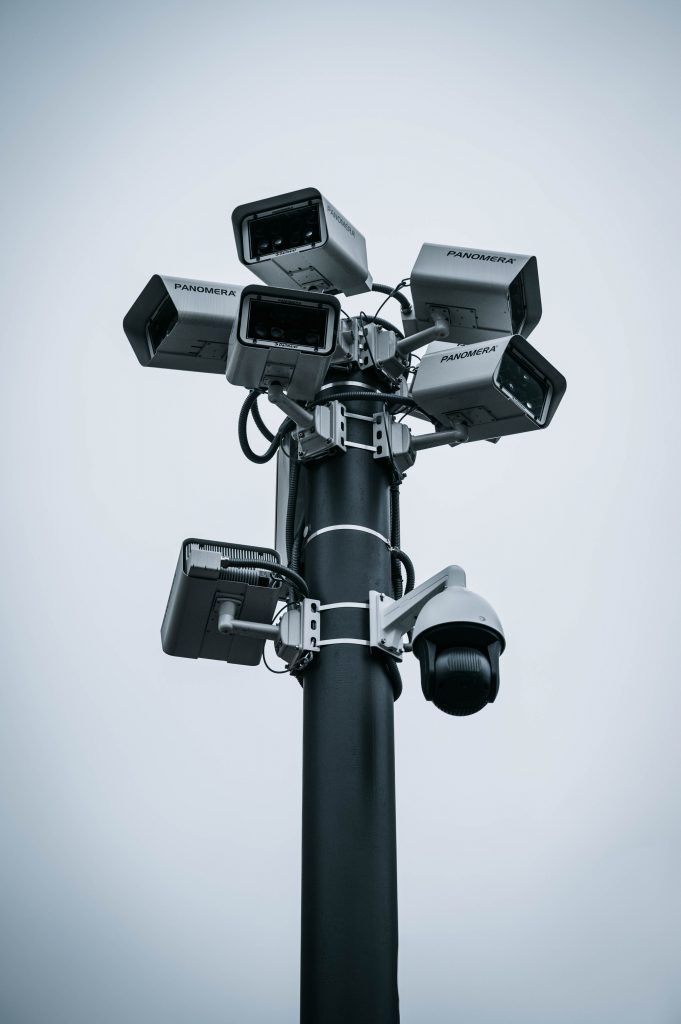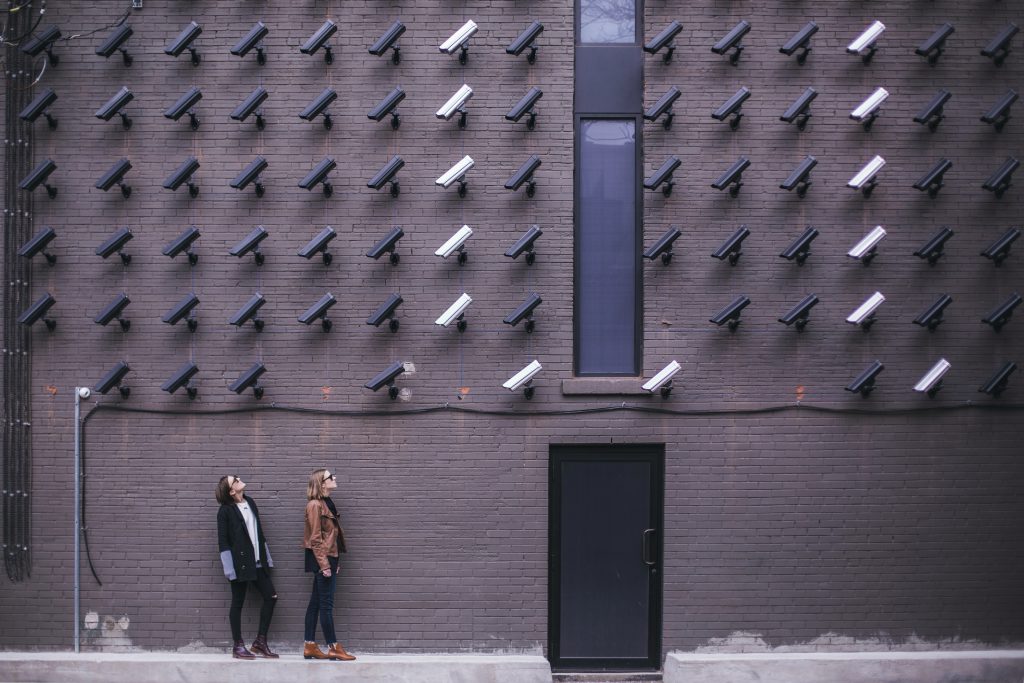A DIY home security system is one that you have control over and that you install yourself compared to a standard system that is professionally installed. This type of system allows you to make adjustments any time that you see a need for further protection of your home and family. You can also use this kind of system to protect and monitor the supplies that you have in the home if you’re a prepper. The DIY system is one that is a better option for a survivalist because there isn’t as much interference from an outside company as there is with a standard system.

There are a few basic features that you should look for in a DIY home security system. One of the things that you should look for is Z-wave support. This type of system is one that is compatible with numerous sources and often has a range of about 100 feet. There is usually a bit more in the way of flexibility with this kind of device, allowing you to keep it anywhere in the home.
Even though you’re using the system yourself, you might need assistance at some point in the future. Find a system that has the option of 24/7 monitoring in the event of any emergencies that might arise. This feature is one that is ideal in the event that you leave your phone on silent or if there is a loss of power and your system needs to be restarted. It’s also beneficial if you leave your mobile device in the car or in another location and don’t have immediate access. You might not need to update the system or use the professional assistance offered, but the option is always a benefit.
Once you have a few contenders for your DIY system, you need to install them in the home to see which ones offer the best service and which ones are the easiest to use. Position the systems in various areas of the home to see where the best connection is located and to determine where you’re going to get the most protection. After everything is set up, you need to try to break into your home. This will give you an idea as to what you’ll hear if someone tries to get inside as well as the response time for emergency help. Examine all of the hardware with the system that you install to ensure that it’s working properly. You also need to trip as many sensors around the home as you can, such as those that are on the windows and those that are on all of the doors. Look at how fast you receive a notification from each system about the sensors being tripped. When you have one or two systems that you enjoy using, narrow your final selection down to one that you can afford and that is the easiest for your family to use.

An advantage of a DIY home security system is that it’s less expensive than one that is installed by a professional company. You’re not going to have to pay someone to come to the home to do something that you can figure out, and you won’t have to rearrange your schedule to wait for someone to come to the home just to connect a system. All of the instructions are available, for easy installation, and you can find information online about how to install systems if you are unsure about how the instructions read.
A DIY system is often harder for someone to get through who is trying to get inside the home. Each component of the system is independently operated, and there aren’t a lot of wires that the intruder can cut to try to disarm the system. The sensors with the DIY system are usually operated by a battery, which means that your home and supplies are still protected even if there is a power outage. Most batteries will last for about three years before you need to replace them. However, you might need to charge them when they get weak. There are various sensors that you can add to the system depending on the kind of protection that you want for your home and family.
